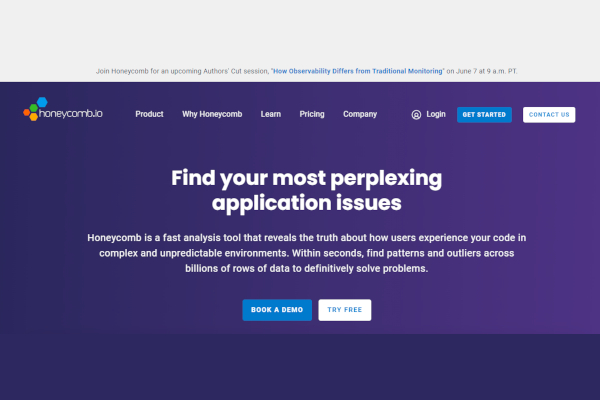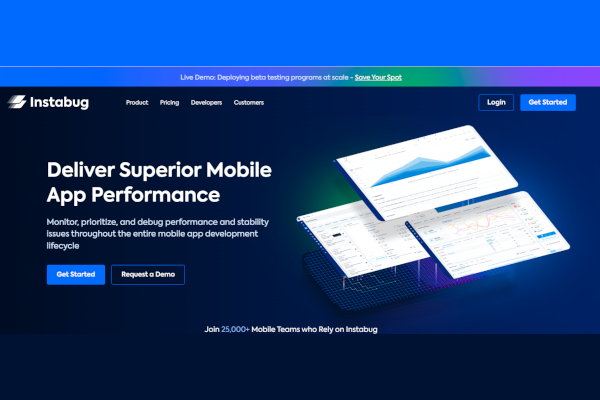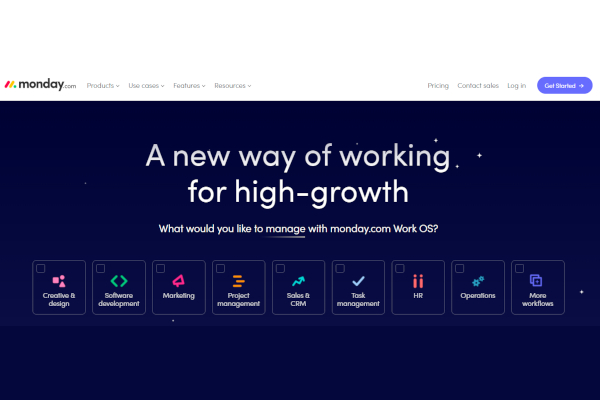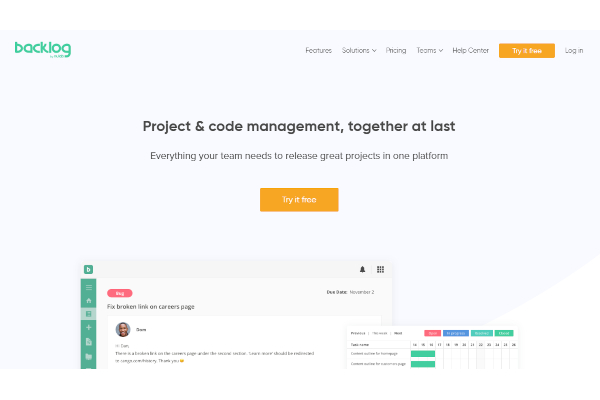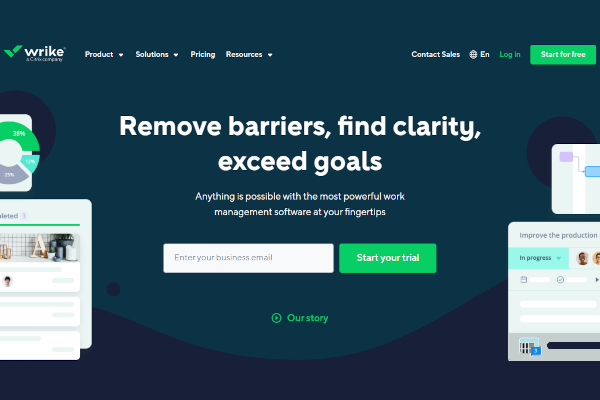Throughout the development process, bug tracking software aids software teams in identifying and fixing problems. These web tools provide a central spot to keep track of issues, rank their seriousness, and allocate them to the appropriate team members. QA teams may observe problem patterns and use this data to improve the quality of next products by having a single view of all faults.
10+ Best Top Bug Tracking Software
1. Sentry
2. Ubertesters
3. Rollbar
4. Honeycomb
5. Usersnap
6. Aiveo
7. zipBoard
8. Instabug
9. Monday.com
10. Backlog
11. Wrike
What Is Bug Tracking Software?
A bug is any flaw in the requirements, coding, design, or features that leads to unintended outcomes. To produce high-quality products, bug tracking is one of the crucial stages in the software development lifecycle. A strong defect management strategy boosts your organization’s overall quality and compliance posture and inspires confidence in your customers. Additionally, it enables you to outperform your rivals, record larger profits, and build a workforce that is highly motivated and focused on quality.
Benefits
A bug tracking program assists in keeping track of all the problems and flaws in the product and ensures that all found bugs are resolved. When managing complicated projects, it’s crucial to have a single source of truth. The Agile process and seamless integration of the many moving pieces are essential for the successful delivery of the product.
Features
Your bug tracking software should have certain essential capabilities built into it for maximum efficiency. When weighing your selections, make sure to look for these important characteristics.
- Communication management
- Screen recorder
- Gathering and sorting defect data
- Test analytics and reports
Top 10 Bug Tracking Software
FAQs
1. QA Wolf
When QA Wolf performs bug testing, their team runs tests, looks into failures, and then drafts a bug/issue report with repro instructions, a video recording, logs, and any other information required. You can sign in to the platform at any time to check on progress, or you can wait until a planned review session.
2. ClickUp
ClickUp is a software that can be completely customized to meet the demands of different teams. Users can set goals, build calendars, maintain an email, create documents and knowledge bases, and set goals.
3. BugHerd
For everyone engaged in the website development process, BugHerd makes QA simpler. Users can simply mark up elements of web pages with a simple point and click, regardless of whether they are experienced testers or non-technical stakeholders.
4. GitHub
GitHub interacts with project management software and desktop graphical user interface (GUI) tools like Atom and GitKraken.
5. Monday
Teams can easily add, update, and assign problems thanks to the platform’s user-friendly interface. The most critical defects can be identified by looking at each developer’s daily list, which is also accessible to project managers.
6. Jira
Software development teams may record, allocate, and prioritize issues with the aid of Jira, an issue tracking and agile project management application. QA teams are able to create unique workflows to monitor status changes.
7. Kualitee
With Kualitee’s simple UI/UX, bug tracking is simple. Users can easily move about the platform to record defects while running tests. With comment threads that keep notes on each issue, collaboration is simple.
8. Katalon TestOps
Katalon A test planning, administration, and execution solution with strong analytics capabilities is called TestOps. Teams may improve debugging and product delivery by using TestOps to do fewer processes in test deployment, tool integration, and maintenance.
9. Bird Eats Bug
Software development teams may screen record bugs quickly and easily with Bird Eats Bug using a Chrome browser. The software is a self-serve codeless solution ideal for stakeholders who are not technical.
10. LogRocket
Front-end defect tracking is LogRocket’s area of expertise. In addition to session recordings, QA teams can examine stack traces, Javascript errors, and console logs to identify the source of bugs and comprehend how they affect end users.
Why is it vital to report bugs?
Reporting bugs enables software to be improved so that it performs as intended without causing users any annoyance. In fact, bug reporting is so crucial that a lot of development teams include QA specialists or testers whose sole responsibility it is to identify and report defects.
What part of a bug report is the most crucial?
An excellent bug report should be dense with information, clear and simple, and contain only one bug. It should provide user instructions and environment information that the developer can utilize to replicate the error on his end. Developers are effectively wandering in the dark without the ability to duplicate the error.
What is a bug life cycle?
A defect’s voyage through a defect cycle, commonly referred to as a bug life cycle, occurs over the course of the defect’s existence. Because it is governed by the software testing process and also dependent upon the tools that are used, it varies from company to company and also from project to project. This is due to the fact that it is a factor.
A good bug tracking system aids development teams in producing better products, which increases customer satisfaction. You can choose a tool in the top ten list that suits the workflow requirements and expertise level of your team.
Related Posts
10+ Best Chemical Software for Windows, Mac, Android 2022
12+ Best Vulnerability Scanner Software for Windows, Mac, Android 2022
4+ Best Bundled Pay Management Software for Windows, Mac, Android 2022
10+ Best Trust Accounting Software for Windows, Mac, Android 2022
10+ Best Patient Portal Software for Windows, Mac, Android 2022
13+ Best Virtual Reality (VR) Software for Windows, Mac, Android 2022
12+ Best Bed and Breakfast Software for Windows, Mac, Android 2022
15+ Best Resort Management Software for Windows, Mac, Android 2022
14+ Best Hotel Channel Management Software for Windows, Mac, Android 2022
12+ Best Social Media Monitoring Software for Windows, Mac, Android 2022
10+ Best Transport Management Software for Windows, Mac, Android 2022
10+ Best Other Marketing Software for Windows, Mac, Android 2022
10+ Best Top Sales Enablement Software for Windows, Mac, Android 2022
8+ Best Industry Business Intelligence Software for Windows, Mac, Android 2022
10+ Best Insurance Agency Software for Windows, Mac, Android 2022




